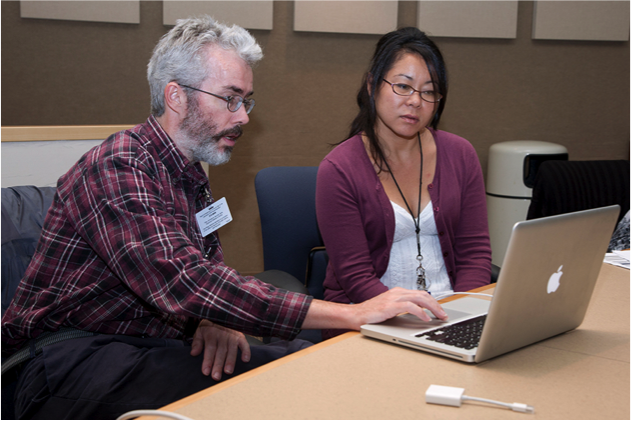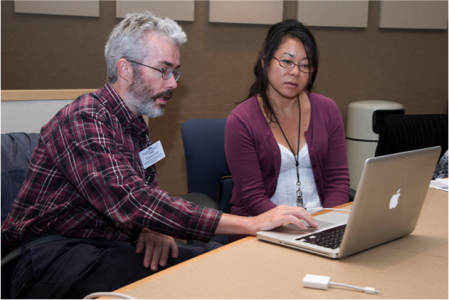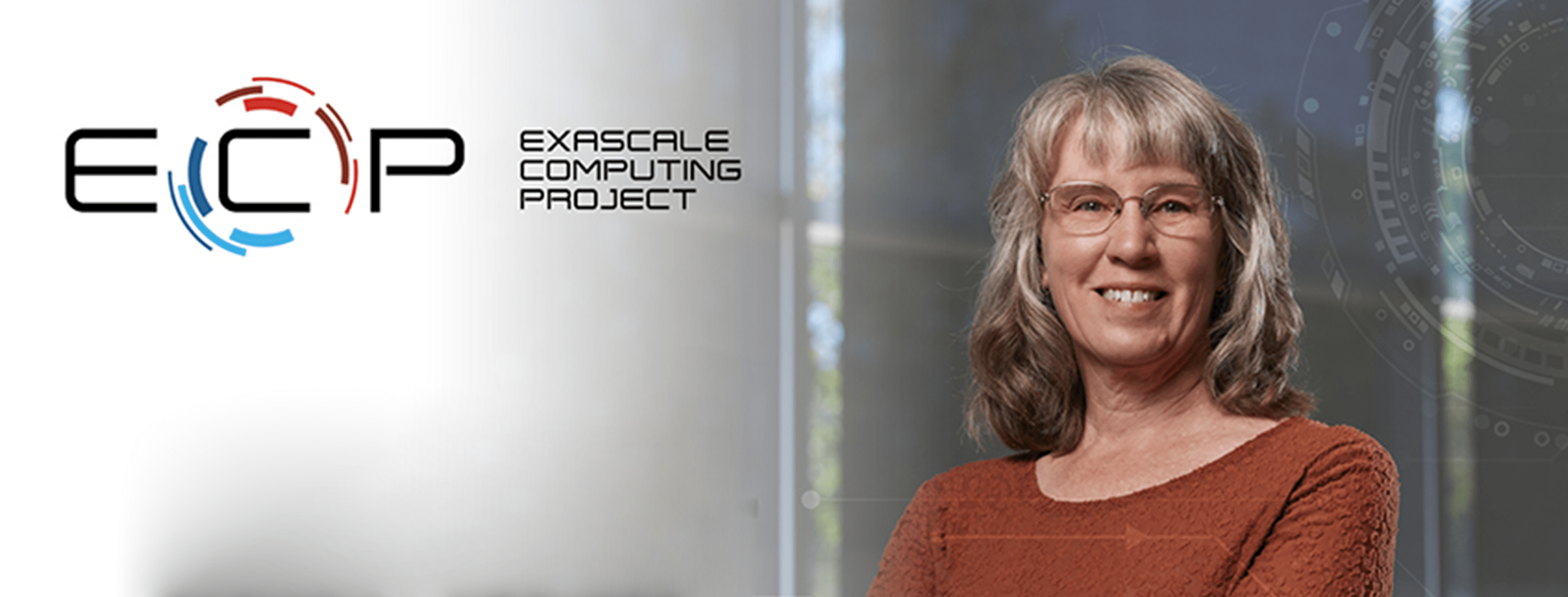Users discuss future computing needs at OLCF workshop
Members of the U.S. Quantum Chromodynamics Collaboration (USQCD) converged on Oak Ridge National Laboratory (ORNL) April 29–30 to discuss their exploration of the strong nuclear force and the computing resources that will keep that exploration moving forward.
By binding quarks and gluons, the strong force is responsible for the nuclei of atoms and, by extension, the world as we know it. The QCD community plays a key role in the Department of Energy’s science mission at both the experimental and computational levels.
The workshop brought QCD researchers together with OLCF computing experts. The first day included an introduction from OLCF Director of Science Jack Wells and a talk from Fermilab’s Paul Mackenzie, who serves as chair of the USQCD Executive Committee. Mackenzie discussed QCD research at high-energy accelerators around the world, including Europe’s Large Hadron Collider.
Wells noted that the OLCF will continue to upgrade its systems and that it needs input from important users along the way. Because QCD researchers are major OLCF users through the lattice QCD computational approach, their insights will be indispensable.
The second day of the workshop focused on lattice QCD application development in preparation for ORNL’s Titan system.
“Scientists utilize lattice QCD calculations to predict phenomena and provide guidance to experimental efforts where the quarks and gluons are the relevant degrees of freedom,” said David Dean, director of ORNL’s Physics Division. “These types of calculations are extremely important for the Nuclear and High Energy Physics communities and require resources and expertise available at world-leading computational facilities such as ORNL’s LCF.”
The event was organized by ORNL and OLCF computational nuclear physicist Hai Ah Nam.
Nam noted that QCD research is consistently among the largest recipients of supercomputer time through the Innovative and Novel Computational Impact on Theory and Experiment. As such, she said, INCITE supercomputing centers such as the OLCF need to understand the needs of QCD research.
“We can’t rely on, ‘If you build it, they will come,’” Nam explained. “We have to be very in-tune with our user community and understand not only their computational needs but their science goals. Sometimes it takes a workshop such as this to bring the right people together to communicate that, to make sure that the U.S. is competitive in their scientific research.”—by Leah Moore







